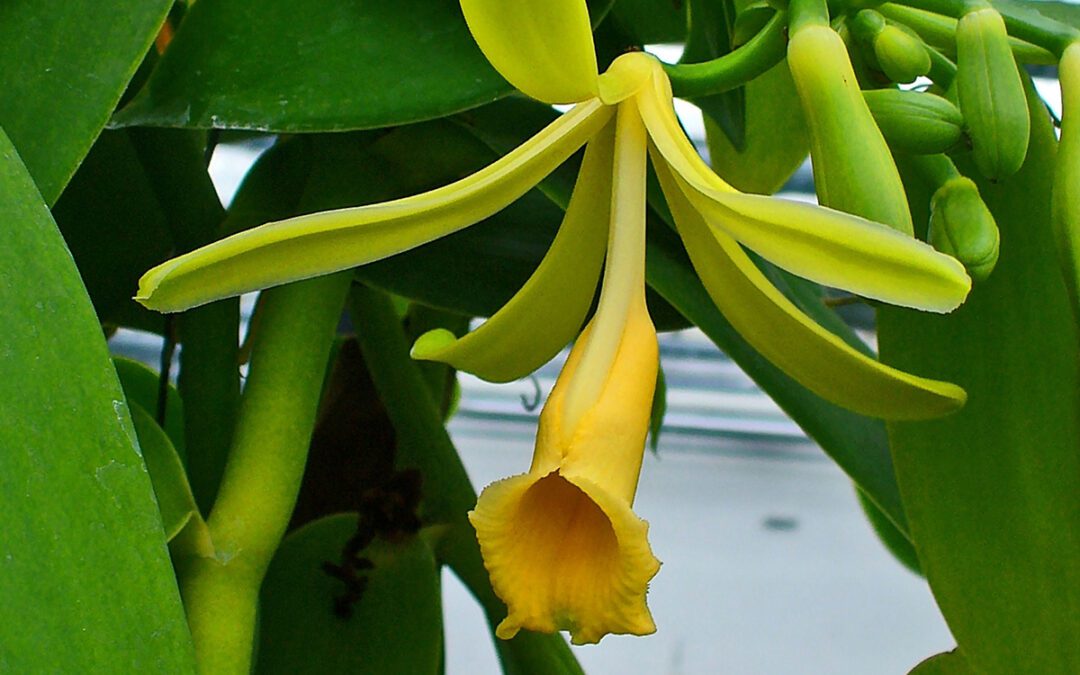Vanilla essence make you enough craving toward ice-cream
The Vanilla Orchid (Vanilla planifolia) is endemic to Mexico, Central America, Colombia, and Brazil. Vanilla orchid is a fascinating plant with high cultural and commercial worth, particularly in India. Vanilla is well-known for its luscious and delicious flavour, which is generally regarded as the essence of sweetness. Its flavour conveys a sense of richness and elegance, making it highly craved in culinary creations and beyond. Vanilla’s sweet sensation is more than just sugar content; it’s a astonishing fusion of scents and flavours that excite the senses and produce feelings of pleasure and fulfilment. Now it has the symbolic status of ice cream due to its key signature scents and flavours
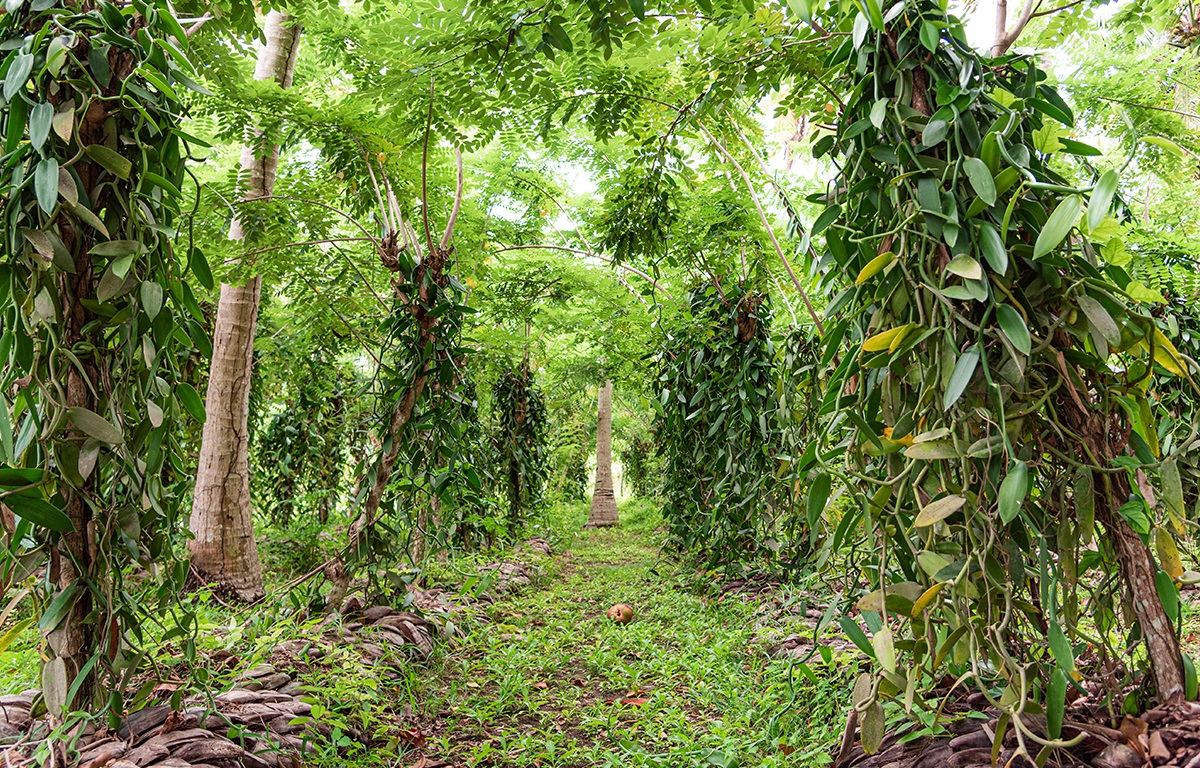
Characteristic features of the vanilla orchid
The vanilla orchid is a climbing or vining plant that requires help to flourish. In its natural habitat, it can grow to be 30 metres long. The vanilla orchid produces fragrant, creamy-white blossoms that last only one day. Vanilla orchids are pollinated largely by specific types of bees and hummingbirds in their natural environment. These pods, often known as vanilla beans, contain thousands of little seeds trapped in a sticky pulp. Vanilla pods require several months to mature and produce their distinct flavour and perfume. Harvesting vanilla pods at the right stage of ripeness is critical for obtaining its best essence.
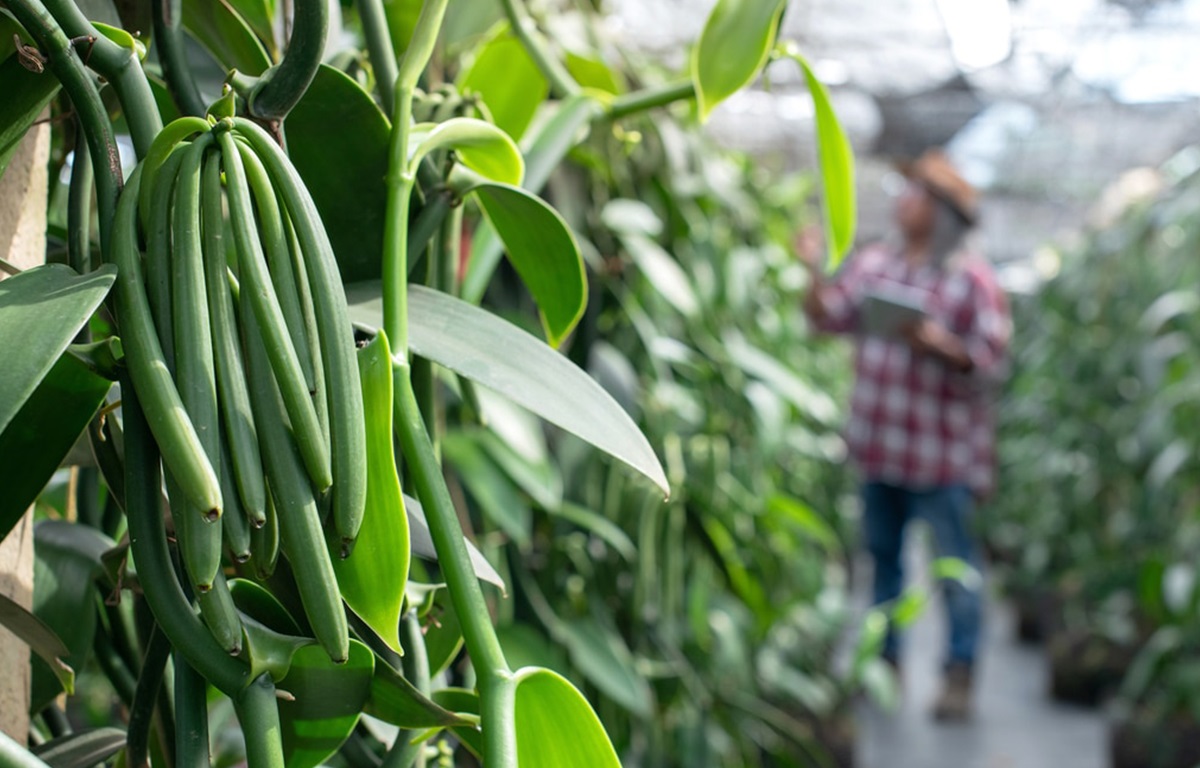
Significance: The vanilla orchid is well-known for its aromatic pods, which are the principal source of natural vanilla flavour. It has a special position in saga of culture, having been used by ancient civilizations for cooking and cosmetic purposes. Today, it is grown all over the world, including India, for its craved flavour and aroma.
Health Benefits: Vanilla is known in Ayurvedic medicine for its medicinal effects. It contains chemicals such as vanillin, which have antioxidant and anti-inflammatory properties. These characteristics can aid with digestion problems, respiratory issues, and stress-related diseases, supporting overall health.
Plant Tissue Culture in India: India has implemented plant tissue culture techniques to propagate Vanilla Orchids, resulting in disease-free and genetically homogeneous plants. This biotechnology method is critical for meeting commercial demand and maintaining consistent quality vanilla beans. There is opportunity to enhance plant bioactive compound through micropropagation. The author has expertise with mass micropropagation of vanilla orchids and other plant species.
Cultivation in India: Vanilla agriculture in India is primarily concentrated in the southern states of Kerala, Karnataka, and Tamil Nadu. Vanilla orchids require moderate temperatures and high humidity. India is one of the countries that cultivate vanilla orchids, with an emphasis on generating high-quality vanilla beans. The growing procedure necessitates meticulous attention because the blossoms must be hand-pollinated, and the pods must be collected and cured for several months to acquire the distinctive vanilla flavour.
Commercial Demand: Natural vanilla is in high demand due to its versatility in a variety of goods. Despite the availability of artificial flavourings, natural vanilla retains a high market value. India, as a vanilla producer, contributes to global supply by serving both home and foreign markets. The global vanilla market is expected to be worth USD 1.4 billion in 2021. The vanilla market will expand from USD 1.46 billion in 2024 to USD 2.02 billion by 2030.
Usage: Vanilla orchid pod extract is used in a variety of industries. It’s used in cakes, puddings, ice creams, and flavoured drinks. Vanilla extract is used in cosmetics such as lotions, creams, and perfumes, as well as in aromatherapy. Vanilla has traditionally been used to treat anxiety, tension, and insomnia. However, further research is required to validate its therapeutic efficacy.
What are the factors that make vanilla orchid more expensive than others?
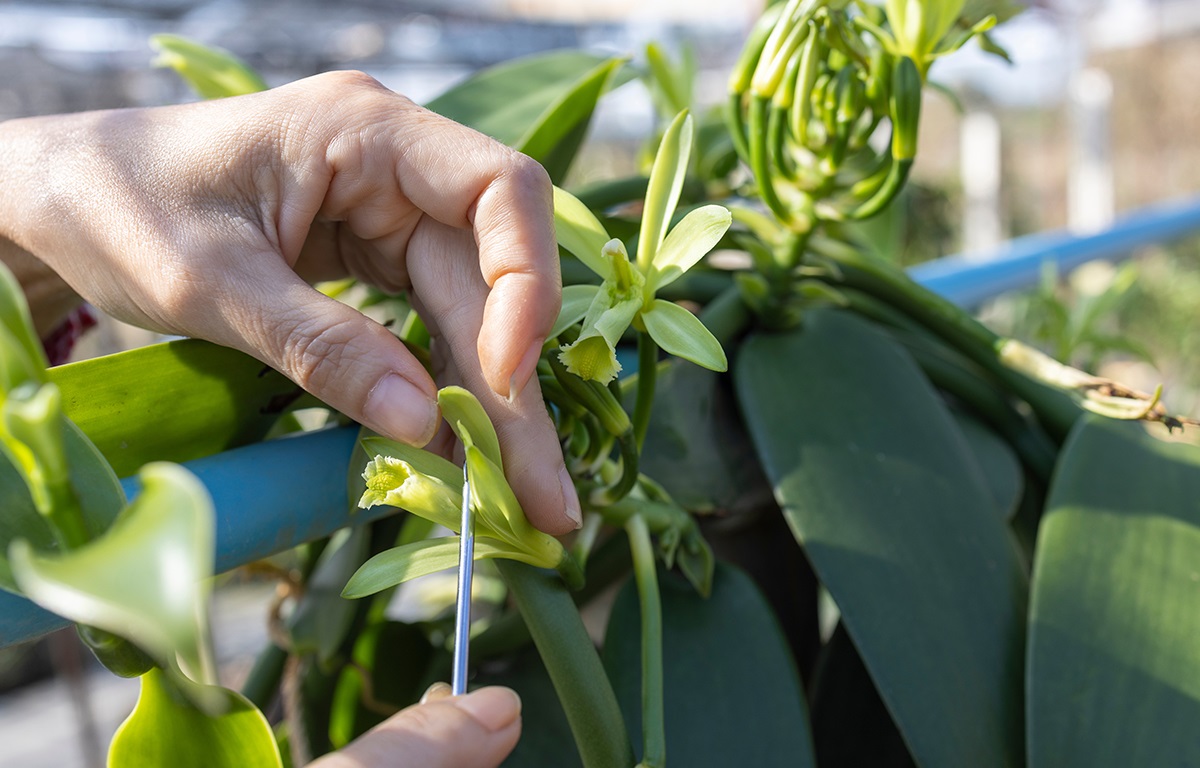
The high expense of vanilla adds to its attraction. Natural vanilla is one of the costliest spices in the world, because to its labor-intensive cultivation, meticulous harvesting, and sophisticated curing process. This high cost elevates vanilla’s perceived worth, making it a popular-after component in fine dining, artisanal confections, and luxury goods. Whether it’s the skill sweetness of vanilla-infused pastries, the creamy richness of vanilla bean ice cream, or the soothing aroma of vanilla-scented candles, this flavour evokes a sense of prosperity and refinement that belies its humble roots. In summary, vanilla’s most expensive sweet feeling is not only its monetary value, but also the wonderful sensory experience it provides, taking times of happiness and celebration to new heights.
What is the adulteration of vanilla essence?

Adulteration of vanilla is the practice of adding replacements or synthetic substances to vanilla goods in order to lower costs or resemble the flavour and aroma of genuine vanilla. Synthetic vanillin is the most commonly utilised adulterant in vanilla products. It is chemically synthesised from lignin, a natural polymer found in wood, or guaiacol, a petroleum-derived molecule. While synthetic vanillin is chemically equivalent to vanillin found in natural vanilla beans, it lacks the complexity and depth of flavour associated with pure vanilla.
Tonka beans contain coumarin, which gives them a sweet, vanilla-like flavour. However, coumarin can be harmful in excessive concentrations and is controlled or prohibited in many countries. Despite this, tonka beans are occasionally used as a low-cost alternative for vanilla, posing health concerns to consumers. In addition, vanilla extracts or flavourings can be diluted with water, alcohol, or other solvents to increase volume and save costs. Dilution can alter the concentration of flavour components, resulting in a weaker or less intense vanilla flavour.
The originality test of vanilla essence
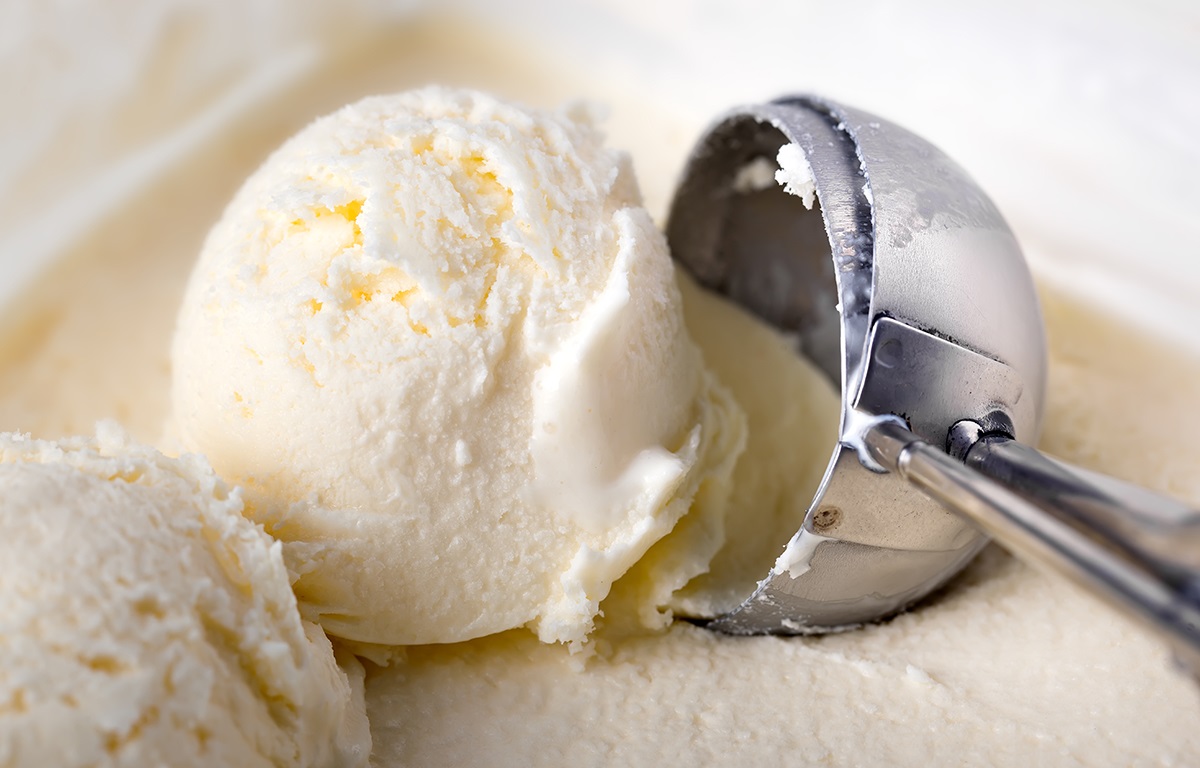
A range of analytical techniques, including GC/MS, LC/MS, LC/UV, headspace GC/MS, and stable isotope ratio analysis, have been used to characterise and detect adulteration in vanilla bean extracts. These methods can differentiate between natural vanilla and synthetic or contaminated items based on their chemical composition. Trained sensory panels can evaluate the scent, flavour, and overall quality of vanilla goods using blind taste tests and olfactory assessments. Genuine vanilla often has nuanced, multifaceted flavour characteristics that include floral, fruity, and woody aromas. Currently, Cultivator Phyto Lab, a cutting-edge laboratory, conducts analyses to determine the authenticity and quality of vanilla products in compliance with national and international guidelines.
Cultivator Phyto Lab is a world-class laboratory that conducts extensive testing of botanical, agricultural, and food items for authenticity and adulteration in accordance with national and international criteria. We verify product quality and provide ongoing assistance through valuable testing to keep your items competitive in the market.
Authors
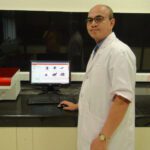
Dr. Sanjoy Gupta (Ph.D)
Senior Officer- Training and Capacity Building
Dr. Sanjoy Gupta is a seasoned researcher with 13 years of experience across plant biotechnology, health science, nutrition, phytoplankton, and botanical studies. He has conducted research at reputed institutions like CSIR IIP, BSI, NIOT, and Cultivator Natural Products. With over a dozen published articles in national/international journals and thoughtful blog contributions, Dr. Gupta’s multidisciplinary expertise advances knowledge in holistic wellness and scientific innovation.

Sandeep Sharma
General Manager at Cultivator Phytolab
Sandeep Sharma is a seasoned Quality and Laboratory Management systems professional with 19+ years of experience. Currently the General Manager at Cultivator Phyto Lab Pvt. Ltd., he has expertise in analytical science, QMS implementation, training, auditing (ISO 22000, ISO/IEC 17025), and business development. He excels in laboratory design, development, and operational excellence, and is a certified Lead Auditor and scientific writer.
Reference :
- https://planticulous.com/vanilla-orchid/
- https://www.kew.org/plants/vanilla
- https://www.britannica.com/plant/vanilla
- Sikarwar, P. S., Vikram, B., Sengupta, J. D., Singh, A., Kumar, N., Mishra, A., Gautam, D. K., & Kumar, V. (2024). Vanilla: A Review of Powerful Herb with Ayurvedic Medicinal Properties. International Journal of Environment and Climate Change, 14(2), 809–817. doi.org/10.9734/ijecc/2024/v14i23993
- https://www.mdpi.com/2311-7524/10/2/152
- https://florgeous.com/vanilla-orchids/
- https://www.ncbi.nlm.nih.gov/pmc/articles/PMC5540700/
- https://link.springer.com/article/10.1007/s40009-019-00801-5
- https://www.marketresearchfuture.com/reports/vanilla-market-7806
- https://www.ncbi.nlm.nih.gov/pmc/articles/PMC10818928/
- https://www.ncbi.nlm.nih.gov/pmc/articles/PMC7278589/
- https://www.perkinelmer.com/images/Detecting_Vanilla_Bean_Extract_Adulteration_with_Tonka_Bean_Extract_tcm137-171299.pdf

